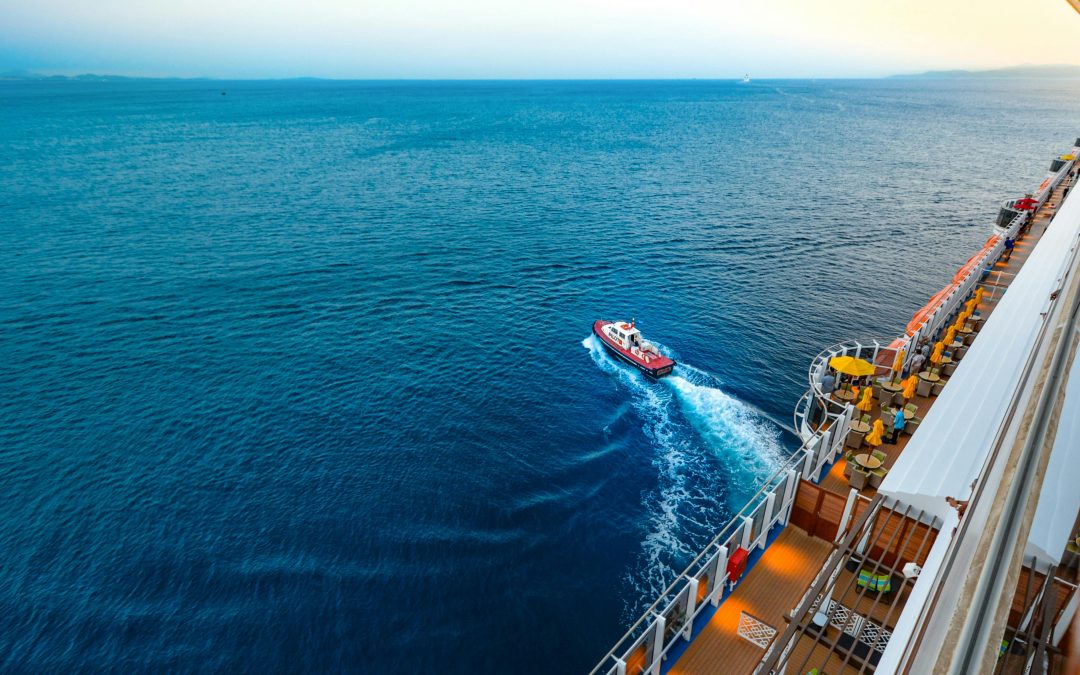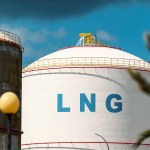European LNG cargo prices are rising, contrasting sharply with falling shipping rates. This divergence is driven by strong demand signals and a tighter winter supply balance for LNG, while the shipping market is experiencing an influx of new vessels, coupled with weak demand and a bearish outlook.
Platts, part of S&P Global Commodity Insights, assessed the DES Northwest Europe Marker for January at $14.800/MMBtu Nov. 21, up 55.8 cents/MMBtu on the day.
In the Atlantic Basin, two-stroke ships stood at $19,500/day Nov. 21, compared with $190,000/day a year ago. In the Pacific Basin, two-stroke ships fell to $23,000/day from $200,000/day a year ago.
Typically, LNG cargo prices and prices for the relevant rates move in line. However, given the diverging fundamentals this winter between the cargo and freight markets, day rates have remained under significant downward pressure despite growing bullish sentiment around European natural gas and LNG physical markets.
Northwest European LNG prices have continued to trend higher, supported by sustained geopolitical risk factors as well as supply-side shocks from unplanned maintenance works to colder temperatures pushing Europe to withdraw from gas storage sites at a faster rate than in previous years.
This has led to increased concerns about supply availability at the end of the winter; most market sources now expect a filling rate in the EU’s inventories well below 40% in the case of normal weather, at a time when the Continent continues to bid higher for LNG procurement.
Although the LNG freight market remains well-supplied with ample vessels in the spot market, the LNG cargo market remains relatively tight, with few volumes available in the prompt.
Continued project delays for new liquefaction capacity have led to more ships being introduced into the market at a faster rate than the available liquefaction capacity. This, coupled with the number of older – steam – ships being scrapped at a slower-than-expected rate, has put downward pressure on carrier rates. This has led to freight rates moving in the opposite direction to physical LNG prices.
Shipping sources point to the strong regasification capacity and rapidly expanding fleet of LNG ships depressing rates. Although the narrow contango has led to fewer LNG cargoes being available across the Atlantic and Pacific basins, this has also provided little support for demand for these extra ships in the market, with sources seeing little strength in freight rates.
Platts assessed the contango between the Northwest European LNG January derivates and February derivates at 0.1 cents/MMBtu Nov. 21, flipping from a backwardation of 1.8 cents/MMBtu the previous day. At the same time, February stood at an 11.8 cents/MMBtu backwardation to the Northwest European March derivate.
A market participant pointed to a reduction in floating storage compared with last year. There are 15 floating storage ships currently in the market, Commodity Insights data showed as of Nov. 22. This was unchanged form a week ago and compared with the 20 ships seen this time last year.
The peak of ships floating this year was 22 on Nov. 8. This compared with a peak last year of 37 ships seen on Oct. 25, 2023.
“At these rates it does not make sense to charter out our vessels, so it is a difficult market for us to get into,” an LNG trader said. “But there are still not a lot of US FOB volumes around, so you have to bid higher to be competitive.”
Market participants express mixed views on the impact of vessel diversions from Asia to Europe; while some believe high European prices are attracting cargoes, others argue that the oversupply of vessels is the primary influence on falling rates.
“High European gas prices are drawing back cargoes from Asia, but I’m not sure it is impacting shipping rates,” a shipbroker said.
Another broker said the diversion of vessels may have an indirect impact “as the shipping intensity is lower with US-NWE than US-Asia, but not sure there is a real impact compared to the oversupply.”
Additionally, another shipbroker expressed uncertainty regarding any direct correlation, stating: “I don’t know if there is a direct relationship there, but it makes sense as shorter voyages result in more idle days.”
Moreover, sources said that the last-minute delay of LNG imports from Egypt, which resulted in lower power demand, has also contributed to the decline in freight rates. Industry participants indicated that recent deals were struck around $10,000/d, reflecting the prevailing low and bearish expectations.
Source: Platts






